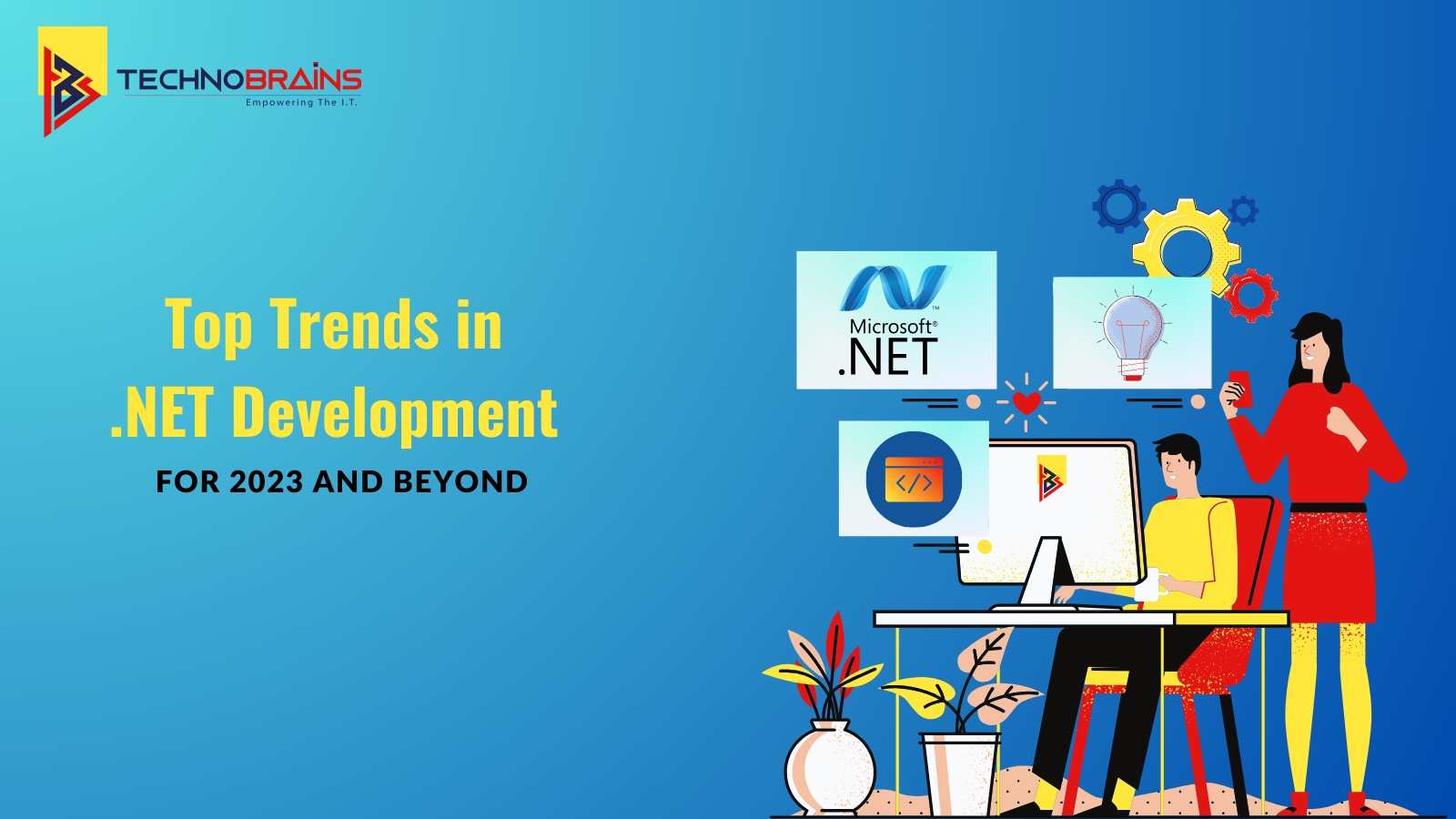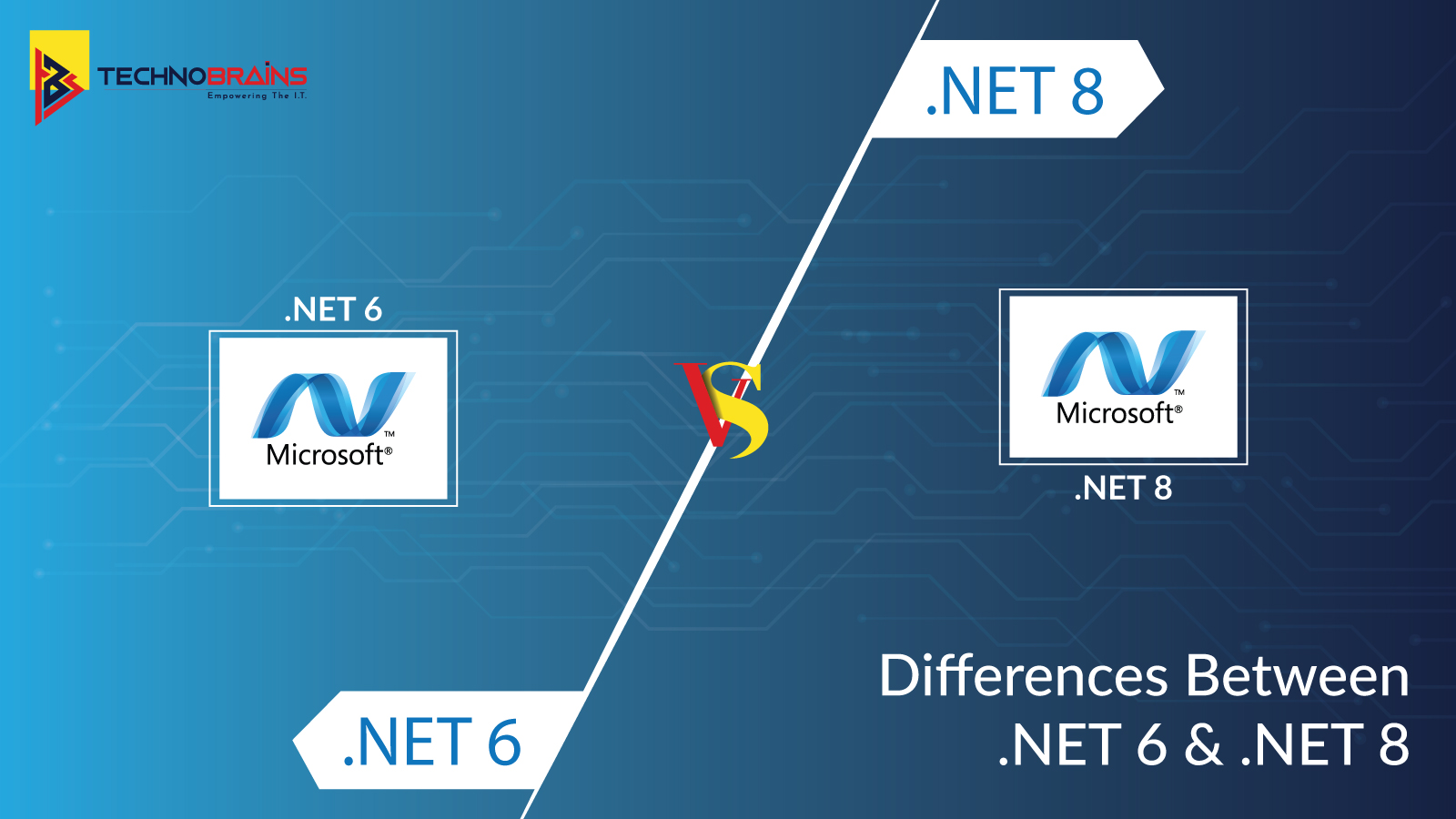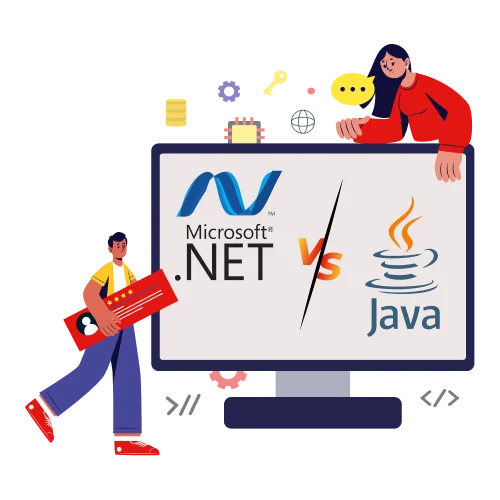Get 40 Hours Free Developer Trial
Test Our Developers for 40 Hours at No Cost - Start Your Free Trial →
ASP.NET is an open-source server-side web application framework that allows web developers to design and develop dynamic web applications, services, and websites. It was introduced more than 20 years ago by Microsoft, and yet it continues to be highly relevant despite new platforms and languages.
According to research, ASP.NET is estimated to hold 11.09% of the global market in the programming-framework world.
The .NET framework and core have undergone massive shifts, given the current dynamic demands. Microsoft is continually investing in this core technology to make it more scalable and easy to use, ensuring that it gets regular updates.
.NET technology and trends will continue to play an active role in 2024 and beyond, and this can be attested to its ability to evolve with the latest requirements. .NET framework uses a wide range of languages and is used in diverse areas. This fluidity ensures that even with new updates continuously happening in the technological space, the future of ASP.NET development services will be prominent.
Top Trends in .NET Development
.NET development has witnessed several trends over the years. So, before delving into the trends that will dominate in 2024, here is a quick overview of when some key updates were introduced.
| Date | Update |
| 10 October 2023 | ASP.NET Core Updates .NET 8 RC2 |
| 10 October 2023 | .NET 7.0.12, .NET 6.0.23 Updates |
| 12 September 2023 | Latest .NET Security & Quality Rollup Updates |
| 6 February 2018 | .NET Blazor Announcement |
| 7 August 2018 | ML.NET 0.4 |
| 26 July 2011 | Xamarin was introduced |
Now, here is a look at the .NET trends that will dominate 2024 and beyond.
- .NET 6 Framework
- ML.NET
- Synergy of .NET & IoT
- Xamarin .NET Development
- .NET Development with Blazor
- .NET Security Framework
- NET 6 Framework
.NET 6 Framework

Image Source: https://devblogs.microsoft.com/dotnet/announcing-net-6/
.NET 6 was introduced to take the ASP.NET framework to the next level. The key features of .NET 6 include:
- Support to Windows, Linux, and macOS so that you can create desktop applications and services for all these operating systems.
- Supports mobile app development for Windows, Android, and IOS in the same code base.
- Allows developers to spend less time writing code as the updated C#10 language features reduce the amount of code required to complete a process.
- It uses minimal web APIs, allowing microservices to take significantly less time and effort.
These substantial improvements only make .NET 6 a preferred platform for most use cases and should be on the radar for any app developer.
Read about the most significant features in .NET 7.
ML.NET
To keep up with the latest demand in machine learning capabilities, Microsoft released a new update to its .NET framework, known as ML.NET. This is an open-source and freely available framework that developers can use for embedding in new and old applications. This platform allows developers to build custom machine-learning models using languages like C#, F#, and more, integrating them into the .NET ecosystem.
It allows developers to add ML capabilities to existing applications and use pre-built AI models like voice, emotion, motion detection, and sentiment recognition. This opens new possibilities in the field of predictive analytics and system recommendations, making deep learning and image recognition part of the platform.
Also read: What New in C#10?
Synergy of .NET & IoT

Internet of Things (IoT) broadly refers to making everyday devices smart by connecting them over the internet, creating new possibilities using these devices. The .NET framework can handle multiple languages like C#, F#, or VBScript, making it the ideal platform for IoT application development.
Developers are using .NET APIS to create apps for embedded devices, which are platform-independent and can work with multiple platforms and applications. With .NET, developers also get libraries enabling applications to function with IoT devices, sensors, or ports, managing all connected devices through a secure communication channel.
Read about 3rd Party Controls for .NET Applications.
Xamarin .NET Development
Xamarin is a .NET developer platform that extends the tools and libraries for creating apps in mobile devices like Android, iOS, tvOS, macOS, Windows, and others. It can be used to develop native apps for this platform that function optimally and provide a consistent UI across platforms or interfaces.

Image Source: https://devblogs.microsoft.com/cesardelatorre/net-core-1-0-net-framework-xamarin-the-whatand-when-to-use-it/
The best part is that, like .NET, Xamarin has no fees, not even for commercial use or licensing fees. This makes it the ideal app for web and mobile developers. Plus, 75% of code written in Xamarin can be shared across the .NET framework ecosystem, making it ideal for cross-platform usage.
.NET Development with Blazor

Image Source: https://www.tismotech.com/project/blazor/
Microsoft introduced another framework called Blazor allows the easy creation of interactive web applications using C# and .NET instead of solely relying on JavaScript. Thus, developers can create a single-page application with full-fledged desktop capabilities, known as progressive web applications (PWA).
PWA uses fewer resources and ensures high performance, making it the ideal choice for most companies who want to harness the power of C# for both server-side and client-side logic.
Also, read about .NET Core vs .NET Framework.
.NET Security Framework

Data security and integrity are crucial for today’s digital world, and .NET offers some excellent and easy-to-configure security controls for multiple applications. Using .NET, developers can perform vulnerability assessments, and the updates by Microsoft ensure that any anomalies or vulnerabilities are controlled.
With ASP.NET, applications can also enable multiple in-built mechanisms and protocols, such as:
- Third-party Authentication
- Authorization
- Input Validation
- HTTPS Configuration
- Access Controls
- Structured Exception Handling
These best practices and standards assure complete confidentiality and data integrity, which will play a crucial role in a world where cybercrimes and hacks are increasing by the minute.
Also Read: Best ASP.NET Tools.
Stay Relevant by Adapting to the Evolving .NET Trends
ASP.NET is not just a thriving technology for 2024; it will play a prominent role in web development in the future. With its ability to integrate machine learning potential, support IoT devices, and be an active part of cloud services, game engine optimization, Android or iOS native apps, and more, it is still an indispensable technology.
To make the most of this, you need trusted and experienced .NET developers by your side, enabling you to explore the range of features this technology possesses. If you are choosing an ASP.NET web development, consider factors like experience, reputation, expertise, cost of development, and others to make an informed decision.
For one that ticks all the boxes, TechnoBrains is the perfect fit in every way. By leveraging the skills of an experienced ASP.NET developer, you can build apps or services that are user-friendly, powerful, and future-proof.
FAQs about .Net Development Trends
Yes. ASP.NET has been around for over two decades and is still in demand thanks to its versatile and adaptive framework. With the release of .NET 6 and other frameworks, it continues to evolve and adapt to new technologies such as AI, IoT, mobile, web, cloud, and others. It also supports various languages, making it relevant for web developers.
Yes. .NET is still highly in demand, and many businesses rely on the .NET framework for their applications or services. As per Indeed, the average salary of a .NET developer is around $124,622 in the United States.
The trends in .NET make it a promising option for most developers. As .NET evolves, developers can use it for building cutting-edge applications and services, with a special focus on areas like Blazor web development, mobile app development with Xamarin, ML.NET, cloud-native Azure app development, and more.
Although no specific framework within .NET can encompass all requirements, .NET 6 is currently the most preferred option. It brings several enhancements and can run on platforms like Windows, Linux, macOS, and others, with powerful .NET 6 runtime and libraries. ASP.NET Core is another framework that is highly in focus due to its microservices, containerization, and DevOps features.
Some of the top .NET development trends that developers need to be aware of are .NET 6, the rise of Blazor in web development, IOT Integration, Xamarin, and ML.NET, among other trends.
.NET Core is a platform that enables table containerized delivery and microservices, which makes it a strong choice for cloud-native applications. .NET also integrates seamlessly with Microsoft Azure, a cloud hosting platform, and has advanced tools and libraries for building scalable and resilient microservices, with serverless computing features based on Azure functions.







